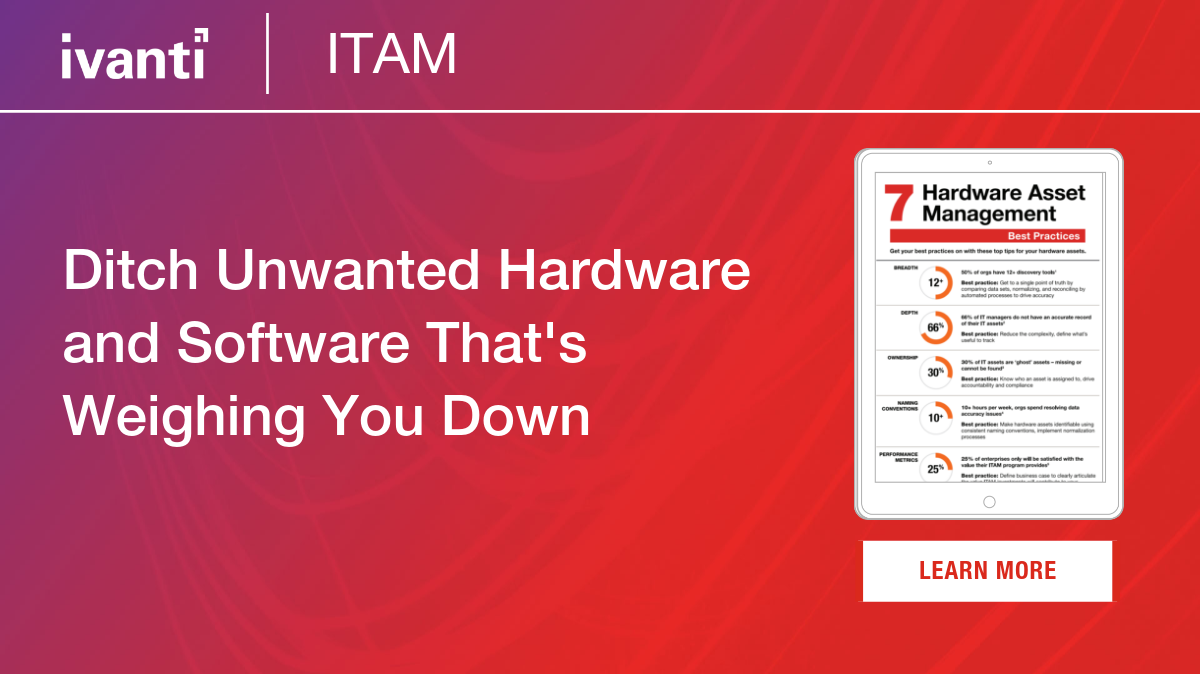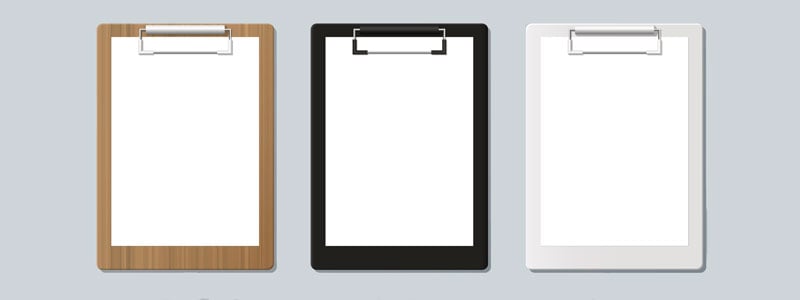You Might Like Holding a Clipboard, but Asset Dashboards Are Way Cooler (and Automated)
Recently, I moved from California to Georgia. The moving company came, marked all my belongings with green stickers, and then gave me a long, five-page list that documented all the items they had packed.
While moving into our new home, I was equipped with a clipboard and eagerly tried marking off every item unloaded from the moving truck. Everything was going accordingly, but then I ran into some issues. The movers were beginning to remove items off the truck faster than I could mark them off my list. Something had to change. Rather than me having to keep a watchful eye on the truck, the movers agreed to shout each green sticker number of the item currently being moved off the truck.
For a while, all went great. I kept marking off furniture, boxes, and dubious items listed as “duffle bag 10.” Then, the movers carried a mattress upstairs while I was occupied in another room downstairs. They called, “Number 101!”, and I marked it off. According to my list, green sticker number 101 was a box full of kitchen tools. Fast forward twenty minutes, and the movers shouted again, “Number 101!” I looked at my list. Hadn’t I had already marked that number off? Weird.
Finally, everything had been unloaded and I had checked every item off my list. But, number 101 still irked me, especially since the final item off the truck was our mattress. I went to investigate and spotted a very nice, brand-new mattress in one of the upstairs bedrooms; however, it wasn’t ours. The moving company had delivered everything of ours, but they had also included another family’s new mattress—a large, though somewhat comical oversight.
IT Asset Management – Drop the Clipboard and Move to Dashboards
Tracking my household belongings and ensuring everything was in its desired spot was chaotic.. It’s therefore hard to imagine how IT organizations—with countless hardware and software assets—do it every day. They must maintain multiple users, disparate asset locations, a myriad of devices, , etc. Yes, barcode or RFID tags could have helped my home move, and plus, I would have loved scanning every item like you see soon-to-be brides or expecting mothers do with registry items. But I’m digressing.
According to Enterprise Management Associates (EMA), 25% of organizations still use spreadsheets for their asset management initiatives. And based on recent discussions, I think this number might be higher. If your organization is currently tracking their assets on clipboards, spreadsheets, or some other rudimentary tracking form, then it’s time to stop.
Do yourself a favor and make 2019 your year by finding an IT Asset Management solution that can make your life much easier. With an effective strategy, you can know what you have in your IT environment at all times, link your contracts to your hardware and software, and establish an effective license position for your key software vendors to defend audits at any time. Learn how to proactively manage your hardware so that device failures don’t lead to downtime.
We know where you can start. Explore our free resources today, and make 2019 your year for IT Asset Management, finally ditching those spreadsheets and the surplus hardware and software that’s weighing you down.
